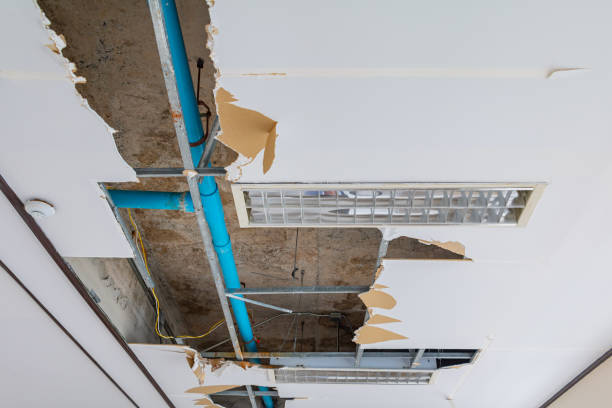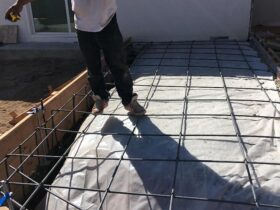Water damage can wreak havoc on your property, causing structural issues, mold growth, and extensive damage to your belongings. In such dire situations, it’s crucial to act swiftly and effectively to mitigate the damage and restore your property to its pre-loss condition. Here are the essential steps to take immediately after water damage occurs:
1. Ensure Safety First
The safety of you and your loved ones should always be the top priority. Before assessing the damage or attempting any cleanup efforts, ensure that it’s safe to enter the affected area. Turn off the electricity and gas supply to prevent any potential hazards, such as electrical shocks or gas leaks. If the water damage is extensive or poses significant risks, evacuate the premises and seek professional assistance immediately.
2. Stop the Water Source
Identifying and stopping the source of water intrusion is crucial to prevent further damage. Whether it’s a burst pipe, leaking roof, or overflowing appliance, take immediate action to stop the flow of water. Shut off the main water supply to your property if necessary, and address any plumbing issues promptly to prevent additional water from entering the premises.
3. Assess the Extent of Damage
Once it’s safe to do so, assess the extent of the water damage to your property. Take note of affected areas, including walls, floors, ceilings, and belongings. Document the damage with photographs or videos, as this will be valuable for insurance claims and restoration efforts. Pay close attention to any signs of structural damage or mold growth, as these issues may require professional intervention.
4. Remove Excess Water
Promptly removing excess water from your property is essential to prevent further damage and mold growth. Use mops, towels, or wet/dry vacuums to extract standing water from floors and other surfaces. Open windows and doors to facilitate ventilation and aid in the drying process. Consider using dehumidifiers and fans to expedite drying and minimize moisture levels in the affected area.
5. Salvage Belongings
Carefully assess and salvage any belongings that have been affected by water damage. Remove items from the affected area and place them in a dry, well-ventilated space to prevent further damage. Clean and disinfect salvageable items as necessary to prevent mold growth and odors. Discard any severely damaged or contaminated belongings that cannot be salvaged.
6. Prevent Mold Growth
Mold can begin to develop within 24-48 hours following water damage, posing health risks and further damaging your property. Take proactive measures to prevent mold growth by thoroughly drying affected areas and belongings. Use mold inhibitors and antimicrobial solutions to treat surfaces and inhibit mold growth. Consider consulting with mold remediation professionals for thorough inspection and treatment if mold is present.
7. Contact Your Insurance Provider
Contact your insurance provider as soon as possible to report the water damage and initiate the claims process. Provide detailed documentation of the damage, including photographs, videos, and a list of damaged belongings. Follow their instructions carefully and cooperate fully throughout the claims process to ensure timely reimbursement and assistance with restoration efforts.
8. Seek Professional Restoration Services
While some minor water damage incidents can be addressed through DIY efforts, more extensive damage may require professional restoration services. Consider hiring certified water damage restoration professionals to assess the damage, mitigate risks, and restore your property to its pre-loss condition. They have the expertise, equipment, and resources to handle water damage of any scale safely and effectively.
9. Prevent Future Water Damage
Once the immediate water damage has been addressed, take proactive measures to prevent future incidents. Regularly inspect and maintain your plumbing systems, appliances, and roofing to identify and address potential issues before they escalate. Consider installing water detection devices and automatic shut-off valves to alert you to leaks and minimize damage in the future.
Conclusion
Water damage can be devastating, but swift and effective action can minimize the impact and facilitate a speedy recovery. By following these essential steps immediately after water damage occurs, you can protect your property, belongings, and loved ones from further harm. Remember to prioritize safety, document the damage, and seek professional assistance when needed to ensure thorough restoration and peace of mind.







